SNAA374 November 2022 LMK6C , LMK6D , LMK6H , LMK6P
BAW Oscillator Solutions for Building Automation
BAW Resonator Technology
BAW is a micro-resonator technology that enables the integration of high-precision and ultra-low jitter clocks directly into packages that contain other circuits. In the BAW oscillator, the BAW is integrated with a co-located precision temperature sensor, a ultra-low jitter, low-power fractional output divider (FOD), a single-ended LVCMOS and differential LVPECL, LVDS, and HCSL output driver, and a small power-reset-clock management system consisting of several low noise LDOs.Figure 1-1 shows the structure of the the BAW resonator technology. The structure includes a thin layer of piezoelectric film sandwiched between metal films and other layers that confine the mechanical energy. The BAW utilizes this piezoelectric transduction to generate a vibration.
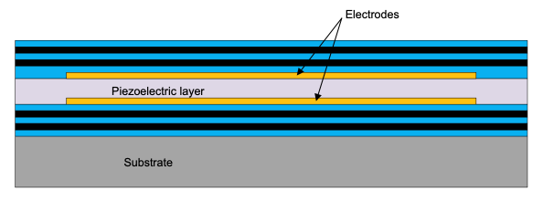 Figure 1-1 Basic Structure of a Bulk Acoustic
Wave (BAW) Resonator
Figure 1-1 Basic Structure of a Bulk Acoustic
Wave (BAW) ResonatorBAW Oscillator in Building Automation
Building automation systems maximize safety, robustness and reliability at a scalable level. To obtain better performance in applications such as IP camera, Video surveillance, and HVAC, a complex and reliable network of accurate clock data is required.
In advanced building automation systems such as the ones listed above, the following performance metrics are required:
- Higher density of product design with
wide thermal performance and small layout size.
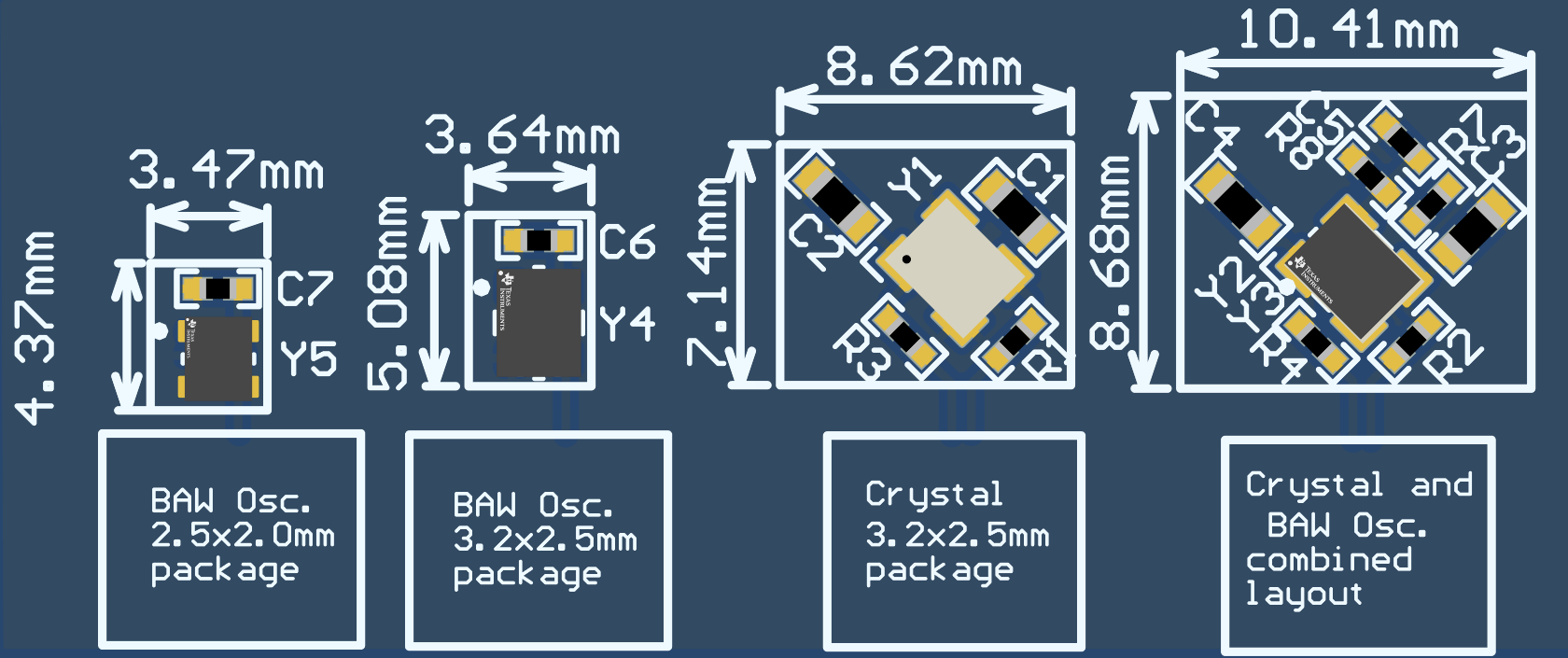 Figure 1-2 PCB Footprint Comparison of BAW
Oscillator and Crystal
Figure 1-2 PCB Footprint Comparison of BAW
Oscillator and Crystal - Higher performance with reliability
protection for a variety of vibration and shock performance requirements.
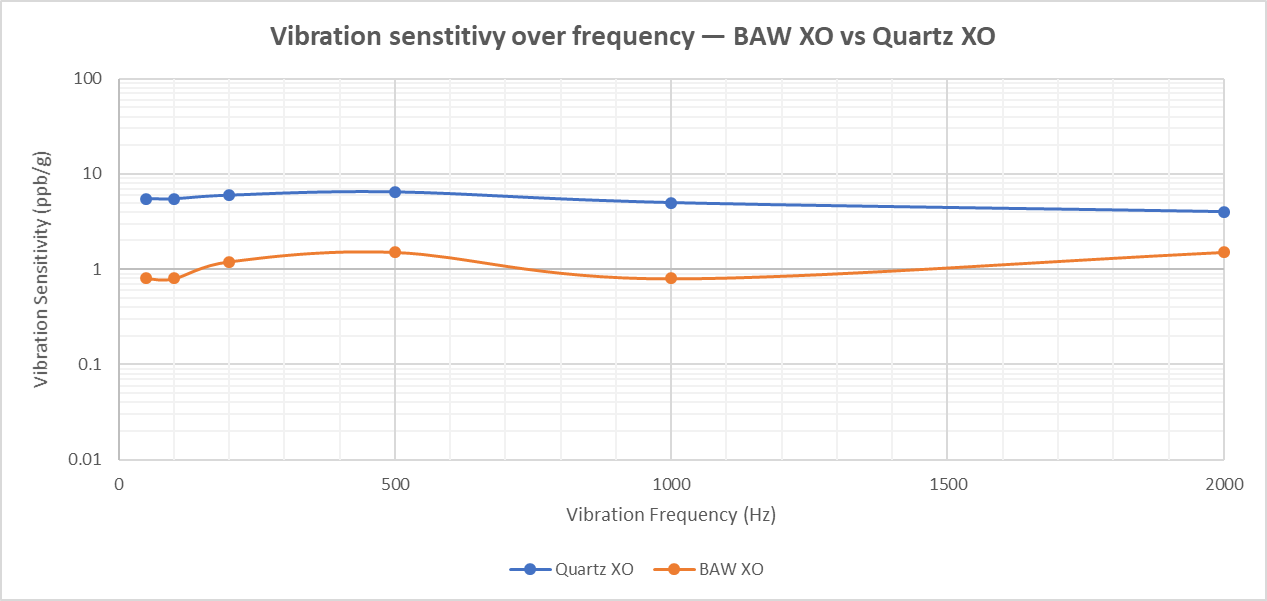 Figure 1-3 BAW Oscillator Vibration
Sensitivity
Figure 1-3 BAW Oscillator Vibration
Sensitivity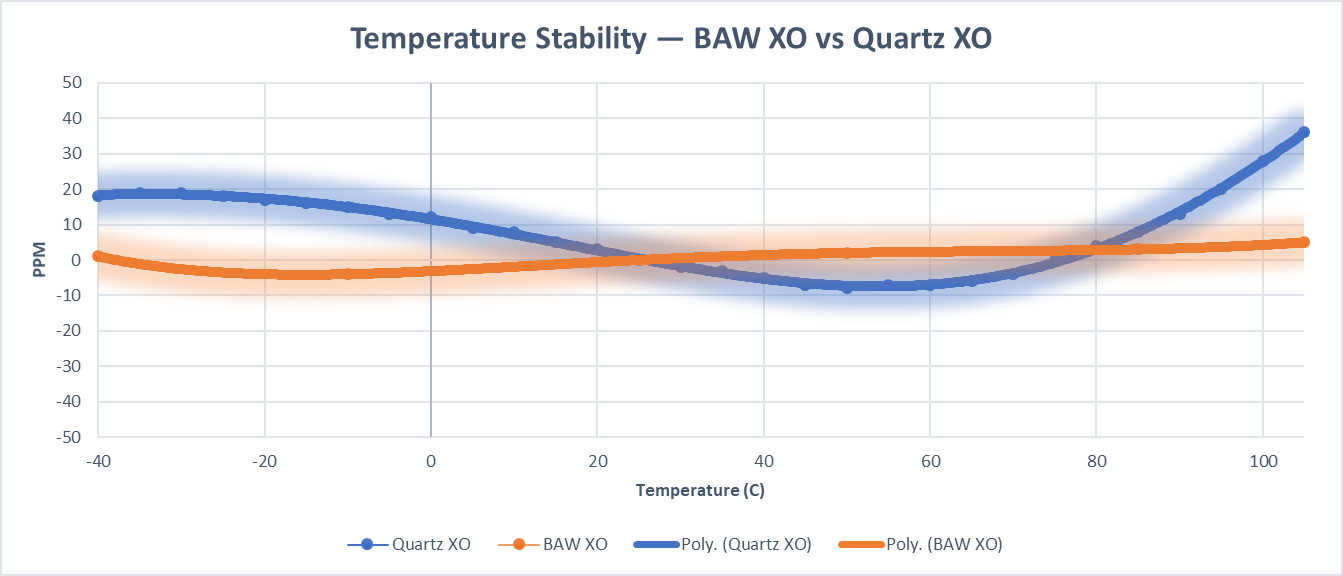 Figure 1-4 Temperature Stability Comparison
of BAW Oscillator and Quartz
Figure 1-4 Temperature Stability Comparison
of BAW Oscillator and Quartz - Low jitter to
achieve optimal BER performance in system.
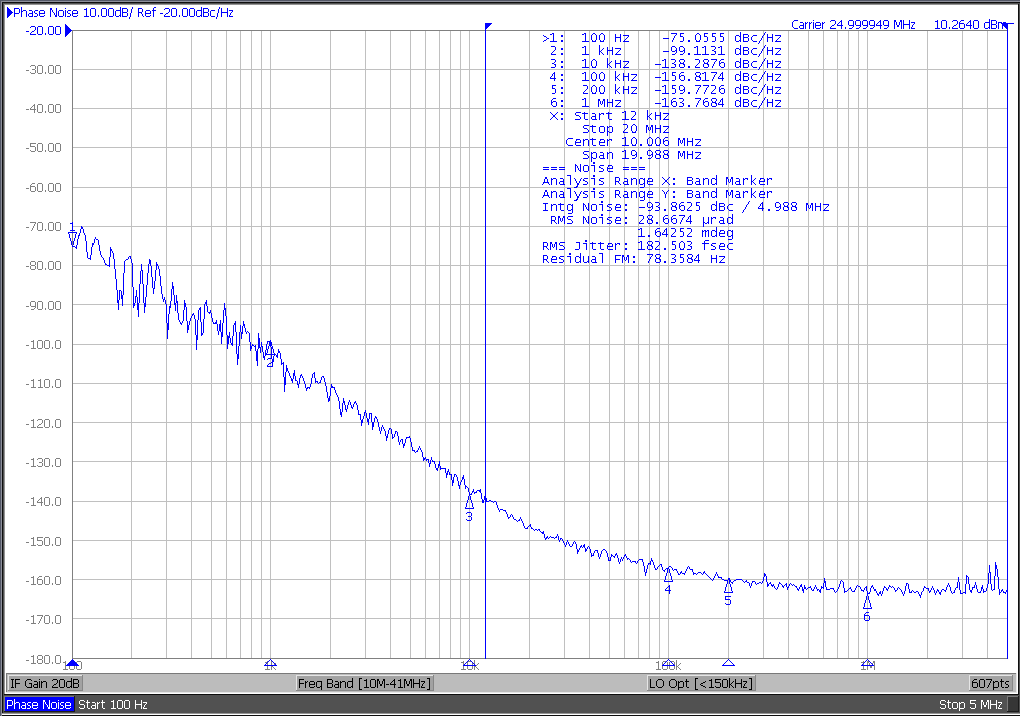 Figure 1-5 LMK6C BAW Oscillator 25 MHz Phase
Noise Performance
Figure 1-5 LMK6C BAW Oscillator 25 MHz Phase
Noise Performance
In Building automation systems, the BAW oscillator can be used as a reference clock for the following devices:
| Devices | Frequencies |
|---|---|
| Audio | 12.288 MHz/24.576 MHz |
| 100M Ethernet | 25 MHz |
| MCU | 16 MHz/25 MHz |
| Image Sensor | 37.125 MHz/54 MHz |
| SoC system clock | 48 MHz/50 MHz |
| WIFI/BLE | 38.4 MHz/48 MHz |
| HDMI/SDI | 297 MHz |
| Gb Ethernet | 125 MHz |
For all of the frequencies listed above, jitter performance, reliability, and stability are key performance factors. All of these metrics can be met with the BAW oscillator solution.
Figure 1-6 shows the typical block diagrams for IP-Camera and HVAC systems. For IP-Camera applications, the BAW oscillator can be used as a reference clock for the ASIC, MCU, Image Sensor, Audio Codec, HDMI/SDI, and Ethernet PHYs. For HVAC systems, the BAW oscillator can be used as a reference to the WIFI/BLE, MCU, FPGA, and Ethernet PHYs.
| Devices | Type | Function | Key Features |
|---|---|---|---|
| LMK6C/D/P/H | Ultra-low jitter XO | Reference clock for ASIC, MCU, Image Sensor, Audio Codec, HDMI/SDI, and Ethernet PHYs | 1 MHz to 400 MHz, ± 25 ppm, 200 fs jitter |
| LMK1Cxxxx | 1:x LVCMOS buffer | Fan out to clock MCU, PHYs, and HDMI/SDI | 1.8 V - 3.3V supply, ultra-low additive jitter of 20 fs |
| TPL5010 | Nanotimer | Ultra-Low Power System Timer with Power Gating Functionality | 1.8 V to 5.5 V supply, 35 nA typical current consumption |